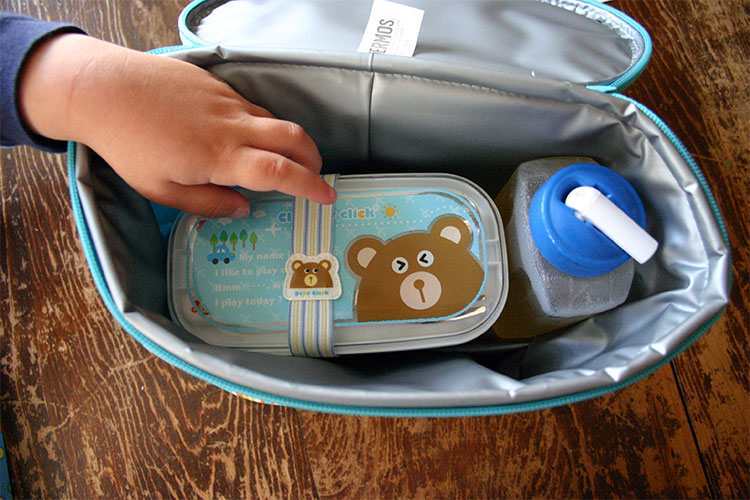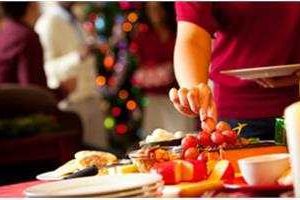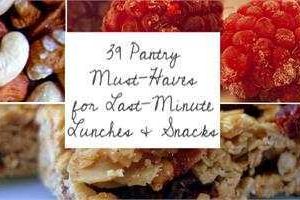At the start of each school year, we’re convinced this is going to be the year we’ll have it all together and become organizational super-parents: signing the permission slips on time, sitting down with kids to get the homework done early, and packing lunches with assembly-line precision.
Then real life intervenes.
Good intentions at the beginning of a new school year fly out the window when the homework, activities, and commitments of everyday life filter in. To get us all back on track, here are six tips for staying sane and making packed lunch prep easier.
1. Prep ahead (when you can).
Make and organize a weekly stash of hard-boil eggs, frozen sandwiches, and snacks and “sides” like granola bars, yogurt packs, and individually packed sliced, chopped, or whole veggies and fruits.
2. Have last-minute staples ready to go.
You won’t always have time to prep ahead on weekends or in the evenings. Get some healthy pantry essentials kids will eat stocked in your cupboards so you can grab and go on busy mornings.
3. Don’t write off packaged foods.
Some are perfectly healthy and totally worth it for the savings in time and stress. Unsweetened applesauce packs, plain yogurt cups, snack-size raisin boxes, unprocessed string cheese, and snack-size hummus packs are all great options.
4. Keep individually portioned items in the freezer.
Prepping ahead is that much easier when you do it less frequently. Many types of sandwiches can be frozen: meat, cheese, no-nut butter, tuna. Check out this invaluable guide to freezing sandwiches from Jody Allen at Stay At Home Mum.
You can also freeze some fruits (they may get messy—frozen berries might be best as yogurt mix-ins), applesauce, and many varieties of leftovers.
Lisa Leake from 100 Days of Real Food has an awesome list of 10 freezable lunch ideas for kids, including spaghetti and meatballs in jam jars!
Some foods just don’t freeze well, though, including anything with a high water content like fresh tomatoes and lettuce—blech!
5. Opt for whole fruits and veggies.
When you shop, look for produce that doesn’t require cutting or peeling, such as:
- cherry tomatoes or grape tomatoes
- grapes
- berries
- baby carrots
- snap peas
- frozen shelled peas
- frozen sweet corn kernels (they will thaw by lunchtime)
- kiwi (did you know you can eat the peel?)
- apples
- apricots
- bananas
- plums
- peaches and nectarines
6. Double up on dinner.
Leftovers can make for great lunches. Just double your servings for dinners and freeze what’s left for lunches through the week. This can also save you from over-spending on your own lunch!
Bonus points if you can use elements that convert well to liven it up: meatloaf to meatloaf sandwiches, roast chicken to chicken salad, rice to rice pudding, coleslaw and other side dishes to wrap ingredients.
7. Have kids pack their own lunch.
Start young with small tasks and once your kids are old enough, wash your hands of the whole process! Even kindergarteners can pack some things, like whole fruits and pretzels.
And when kids choose their own food, they’re more likely to eat it. (No promises, though—sorry!)
Sarah Mueller wrote a helpful blog post at Don’t Waste the Crumbs on how to ease your kids into making their own school lunches. Of course, you may find that you need to do a bit of coaching on healthy choices at first and establish some ground rules: every lunch must include one fruit and one veggie, for example.
PHOTO: WENDY COPLEY
READ MORE LIKE THIS:
- 13 tips for safe packed lunches
- the picky eater survival guide—how to raise healthy eaters
- 7 sandwich-free lunch ideas for kids
Sign up for our newsletters to get parenting and family fun articles delivered to you!



